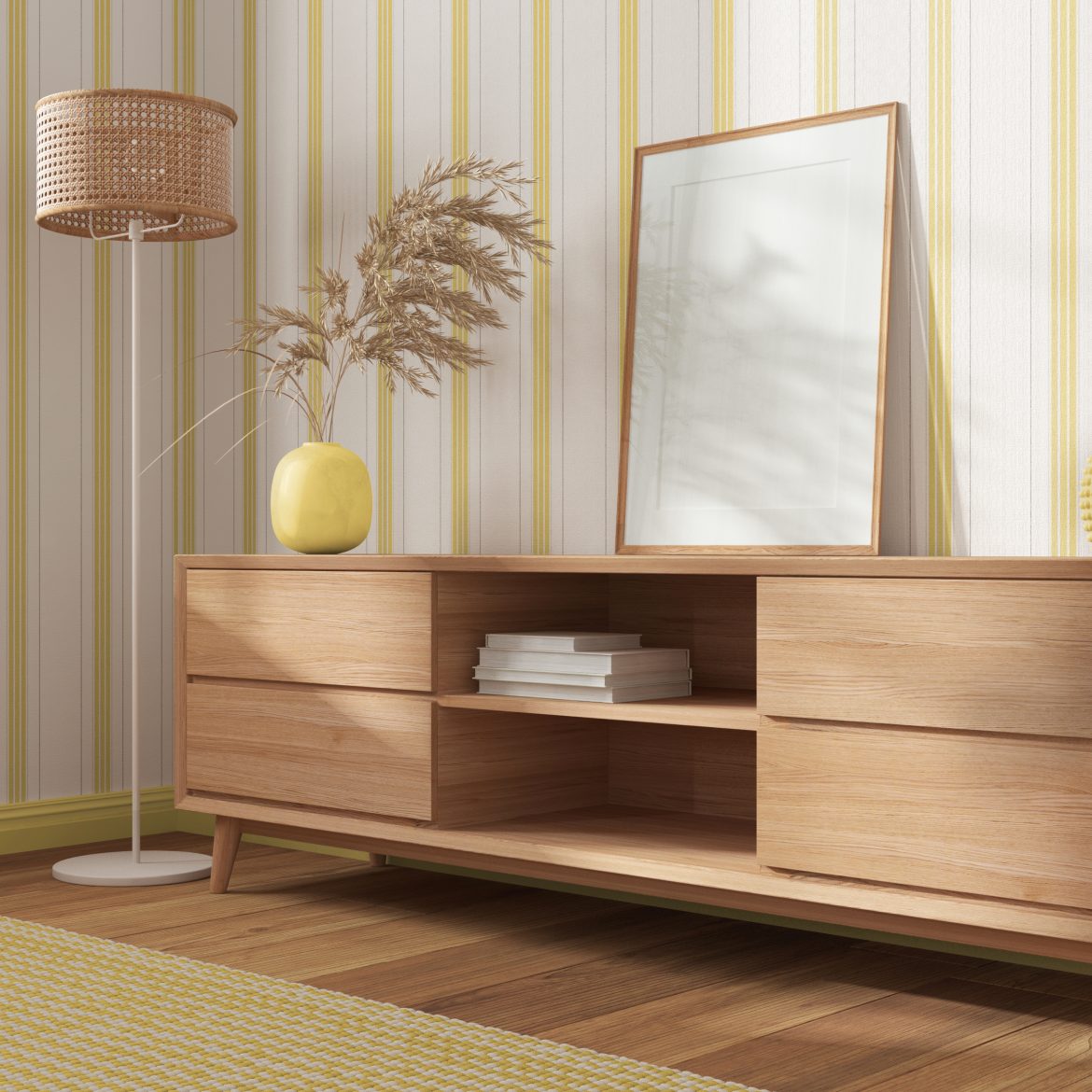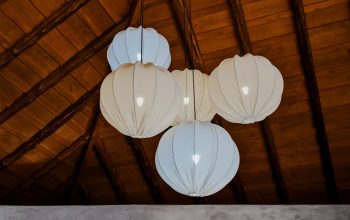Chandeliers are imposing objects, in their size and scope. They can also be a source of awe and wonder at their beauty, splendor, and complexity. Proper handling and care of glass chandeliers is an important part of their conservation.
The earliest chandeliers were made of metal and crystal, and their general structure was quite simple. As the 18th century progressed, glass chandeliers became increasingly complex. The assemblage of glass elements, however, remained fairly consistent until the end of the period.
Most early chandeliers Sutradecor hung from a central glass stem-piece that was often baluster-shaped. This was supported on a metal rod that was, in earlier times, threaded along its entire length. As the rod was twisted to draw down a chandelier, compensating counterweights rose up the rod to counteract the weight of the suspended glass elements.
In addition to the central glass stem-piece, a number of smaller glass elements were inserted onto the rod. These were called “arms.” They were usually cut, and, in the case of sconce arms, sometimes decorated with notches or slices removed from their four angled corners. Arms were also molded, and, in some instances, carved with designs such as diamond mesh.
Throughout the 18th century, the variety of decoration on English chandeliers was greatly exceeded on the Continent by the rococo style. Despite the heightened profusion of ornamentation, many chandeliers were still cast into basic forms before being cut, and these included tall tapered prisms called spires.
The spires were supported on a metal rod that, in some cases, was topped by a knop or cap. At the base of a spire, a spout was fitted, and this was held on the rod by a metal pin fitted to the spire and resting on the rod’s upper surface (fig. 1).
A number of the elements, such as the arms and the chains of drops, were graded in size, with larger drops being attached at the bottom. This grading was accomplished by fitting the swags on the chains to a fourway. In a properly assembled neoclassical chandelier, the fourway was fitted to the center drop and a large, oval-shaped drop at each of the remaining three levels. It was important that each chain and swag, whether graded or not, be firmly fixed at its right and left ends to a fourway. This ensured that the swags were securely attached to the central drops and could not fall from the swags themselves. Incorrect assembly of a chandelier can lead to disastrous accidents. For this reason, it is important that all swags and chains be carefully labeled before dismantling and moving them. Paper string tags are useful for this purpose and may be placed on each link in a chain of drops. Ziploc polyethylene bags can also be used to temporarily label chains of drops. In this way, a conservator can be certain that the right set of drops is in the right place when reassembling a chandelier.


